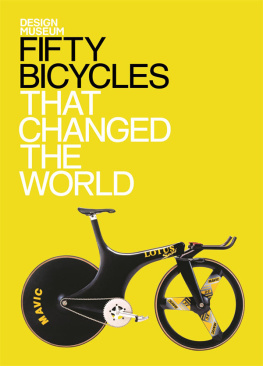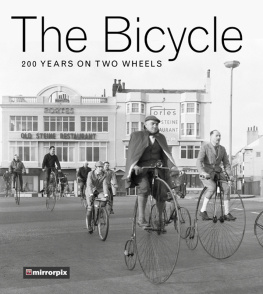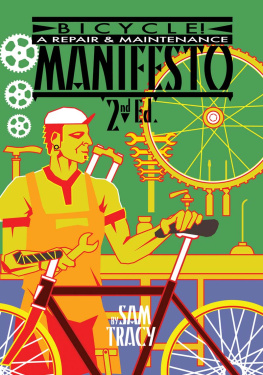Nicholas Clayton - A Short History of the Bicycle
Here you can read online Nicholas Clayton - A Short History of the Bicycle full text of the book (entire story) in english for free. Download pdf and epub, get meaning, cover and reviews about this ebook. year: 2016, publisher: Amberley, genre: Non-fiction. Description of the work, (preface) as well as reviews are available. Best literature library LitArk.com created for fans of good reading and offers a wide selection of genres:
Romance novel
Science fiction
Adventure
Detective
Science
History
Home and family
Prose
Art
Politics
Computer
Non-fiction
Religion
Business
Children
Humor
Choose a favorite category and find really read worthwhile books. Enjoy immersion in the world of imagination, feel the emotions of the characters or learn something new for yourself, make an fascinating discovery.

- Book:A Short History of the Bicycle
- Author:
- Publisher:Amberley
- Genre:
- Year:2016
- Rating:5 / 5
- Favourites:Add to favourites
- Your mark:
A Short History of the Bicycle: summary, description and annotation
We offer to read an annotation, description, summary or preface (depends on what the author of the book "A Short History of the Bicycle" wrote himself). If you haven't found the necessary information about the book — write in the comments, we will try to find it.
Covering about 200 years of its development, the author examines the technological developments that have led to the modern bicycle, including the hobby-horse, velocipede, boneshaker, tricycle, the pneumatic tire, shaft drive, hub-gear, derailleur and many others. He also looks at differences in design, whether for ladies bikes or for sport and off-road.The book is filled with interesting information and anecdotes and the author tackles such questions as why the penny farthing had such a large front wheel or the meaning of trail-and-fork-offset.
As the bicycle continues to grow in popularity, both as an environmentally friendly travel solution and for sports as varied as triathlon and cyclo-sportive, this book provides you with all the answers you need about one of the most ingenious human inventions.
Nicholas Clayton: author's other books
Who wrote A Short History of the Bicycle? Find out the surname, the name of the author of the book and a list of all author's works by series.

















